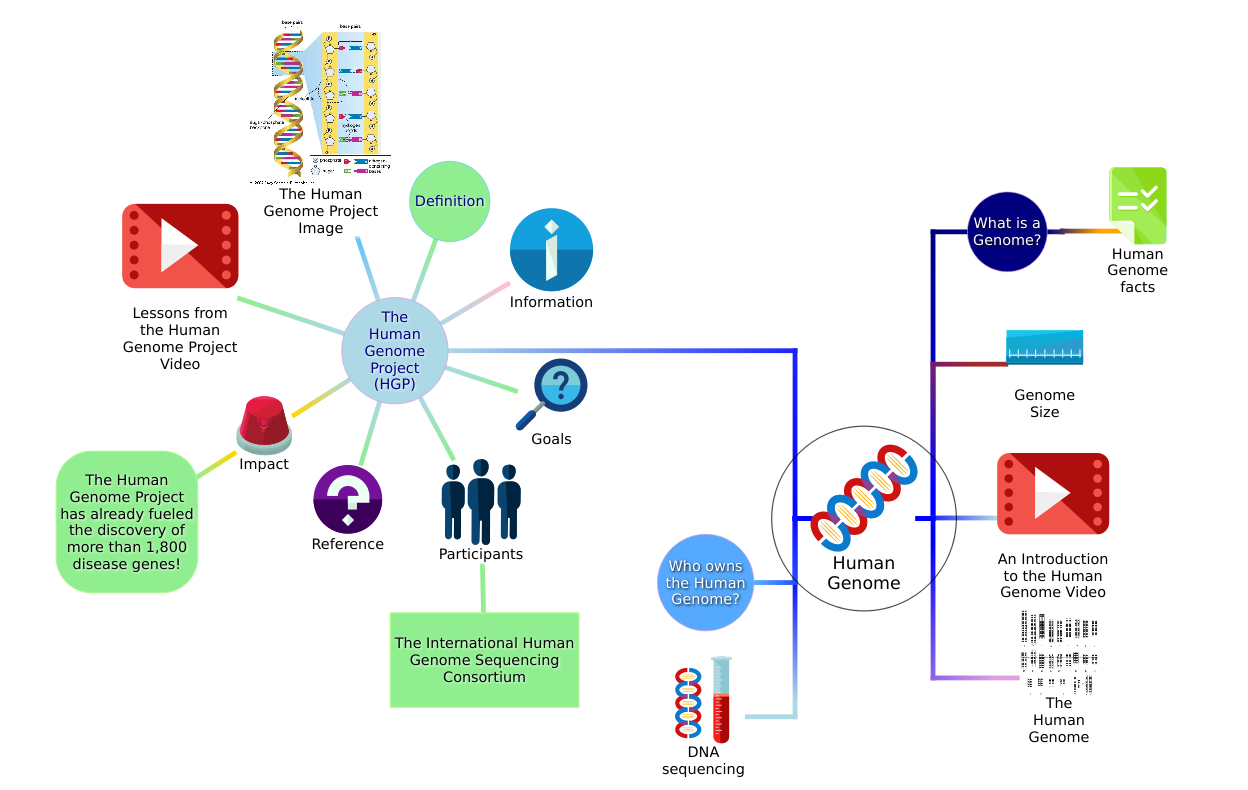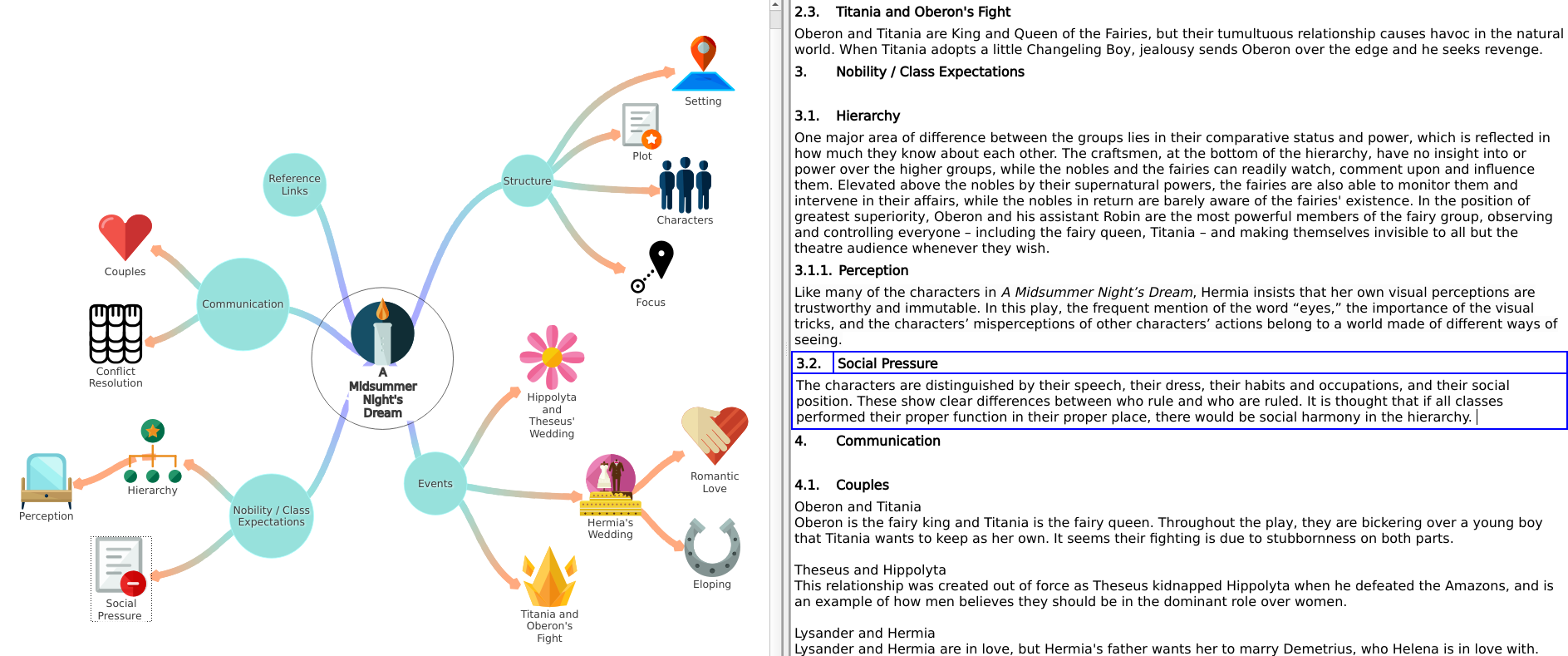Mind Mapping for Interactive Learning
Mind mapping is a powerful technique for visualizing and organizing ideas, concepts, and information. Integrating ideamapper into your classroom can transform traditional lectures and assignments into interactive learning experiences. Here’s how:
Concept Exploration: Start by introducing your students to mind mapping as a tool for brainstorming and concept exploration. Assign topics or questions, and have your students create mind maps using ideamapper. This encourages them to think critically, make connections, and share their insights in a visual format. They can even add icons or images to their ideas, to further association.
Visual Study Aids: Encourage students to use ideamapper as a study aid. They can create mind maps summarizing complex topics, chapters, or units. These visual summaries not only help them grasp the material more effectively but also serve as excellent review tools before exams. Once all of the ideas have been added and connected, students can use the split-screen view to add additional information underneath each idea.

Project Planning and Management
Teaching project management skills is an essential part of preparing students for real-world challenges. ideamapper can be a valuable asset in teaching project planning and management within your classroom:
Project Initiation: Use ideamapper to guide students through the project initiation phase. Have them create project mind maps that outline objectives, scope, stakeholders, and initial ideas. This visual representation helps students clarify their project’s goals and scope.
Progress Monitoring: Encourage students to update their project mind maps regularly. This allows them to track progress, identify bottlenecks, and make adjustments as needed.
Creative Writing and Storytelling
Mind mapping is not limited to subjects like math and science; it can also enhance creativity and storytelling in language arts and creative writing classes. Here’s how:
Plot Development: When teaching narrative writing, have students create story mind maps on ideamapper. They can visually plan the plot, character arcs, settings, and key events. This process helps students structure their stories and maintain a coherent narrative flow.
Visual Storyboarding: For multimedia projects, encourage students to use ideamapper for storyboarding. They can map out scenes, dialogues, camera angles, and transitions, providing a visual blueprint for their video or animation projects.
Poetry and Visual Poetry: ideamapper can be a unique tool for teaching poetry and visual poetry. Students can create mind maps to experiment with poetic forms, visualize metaphors and symbols, or explore themes and emotions through visual representations.

ideamapper is not just a tool for organizing ideas; it’s a versatile platform that can enhance various aspects of classroom learning. By incorporating ideamapper into your teaching methodology, you can empower students to think critically, collaborate effectively, and unleash their creativity in ways that traditional teaching methods alone may not achieve. Embrace the power of idea mapping, and watch your classroom transform into a hub of interactive learning and innovation. Start using ideamapper today to inspire and engage your students like never before!





